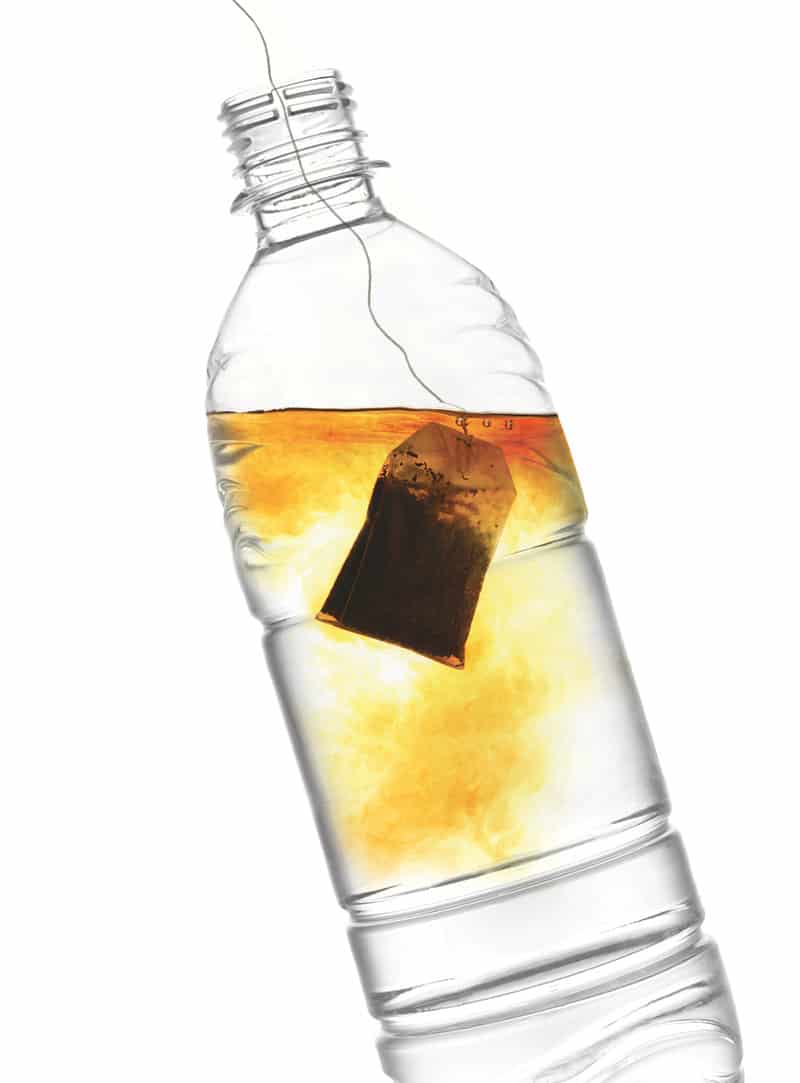
Tea from real infusion (brewed tea) is a topic on today’s agenda, mainly because the market segment of flavoured ice tea drinks is in a phase of rapid growth in Italy and in the world. But it’s too easy to just say “brewed tea”: not all teas on the market are the same and this definition cannot be attributed to them all.
Guaranteeing authentic tastes, combining innovation and tradition, studying in depth the characteristics of the ingredients and raw materials to offer the best applications in the food industry.
It follows these principles also in its in-depth study on brewed tea, a scientific classification on the main soluble constituents of the traditional black tea infusion, prepared in a “home-made” way. L’Italiana Aromi’s tea from real infusion, which is also the subject of analysis, is made up of the same components and in the same proportions as the one made at home. And the analysis has covered various samples of black tea coming from different parts of the world.
“But let’s first clarify the issue, – explains Roberto Tirelli, Technical Manager of L’Italiana Aromi – tea-based beverages, the so-called Ice Tea, can be produced using different types of tea extracts: hydroalcoholic, powder or soft extracts, products which therefore are subjected to industrial operations of concentration, evaporation or with the addition of additives to improve the solubility (soda, carbonates etc.) The colour of the final beverage is usually obtained with powder tea extracts or with the addition of colourants such as caramel, or other natural extracts with a secondary colouring power (e.g. malt, chicory, acorn etc.). Teas from real infusion are instead something quite different”.
Alongside Ice Tea, another market requirement, especially over recent years, has been the production of other flavoured beverages based on black tea, generally defined as “brewed tea” or “from real infusion”. In their industrial formulation such products must reflect the traditional home-brewed preparation and guarantee that undeniable organoleptic perception of the characteristic aftertaste of tea infusion.
Regardless of the geographical origin of the raw material, this is guaranteed if the proportions of the main soluble components of the black tea are respected which must correspond, on average, to those of beverages obtained just through infusion of tea leaves in hot water. In these beverages even the colour must derive solely and exclusively from the direct infusion of the black tea leaves without any other industrial chemical or physical process.
“With this study we have established which chemical, organoleptic and aromatic characteristics this product must have to be able to call itself such. The results we have obtained demonstrate precisely, for example, what the concentrations of polyphenols and catechins are that a tea from real infusion must have. Even though a legal reference standard which establishes the difference between extract and infusion still doesn’t exist, we can state that an infusion is obtained with only two ingredients, hot water and tea leaves, whereas in case of an extract solvents or additives or processes which can only be industrial, such as concentration and evaporation can be added to the hot water and tea leaves. The product we deliver to our customers is a real “rich” liquid infusion, ready to be diluted. Those who claim to achieve tea from real infusion and then deliver to their customers a concentrate or a powder product should not call their product in this way: there is no way that a traditional infusion exists that can be a powder or concentrate, concludes Roberto Tirelli.